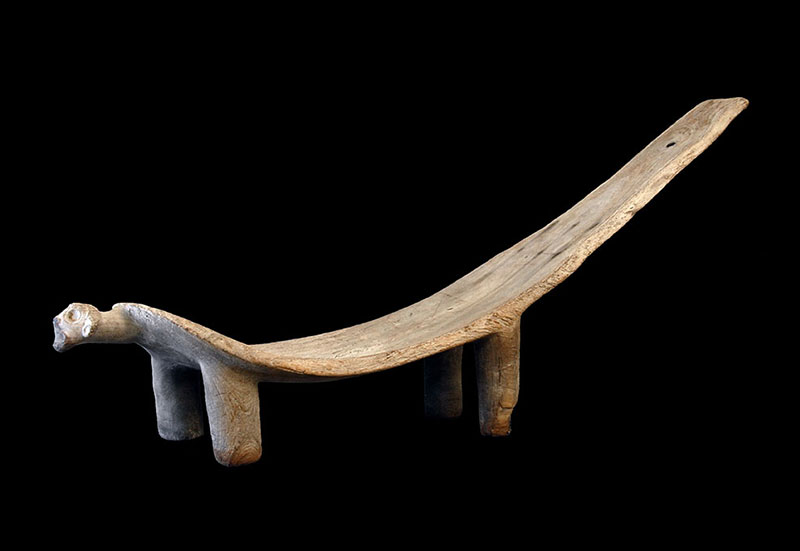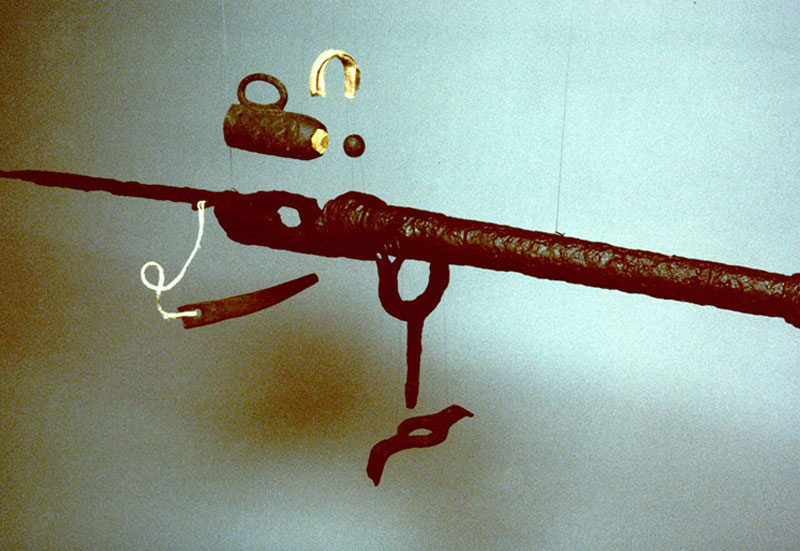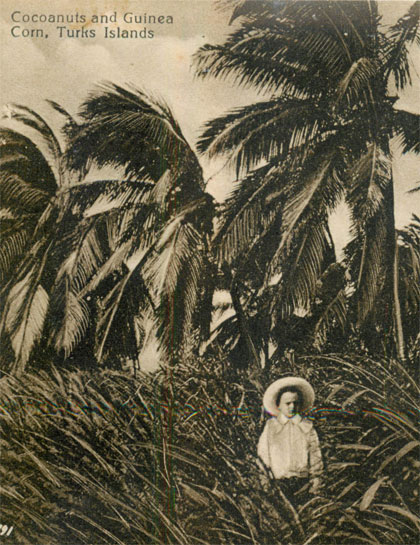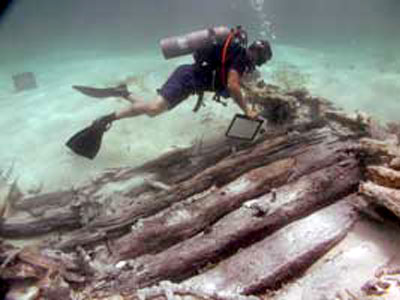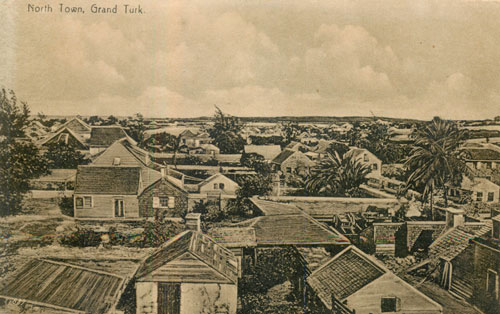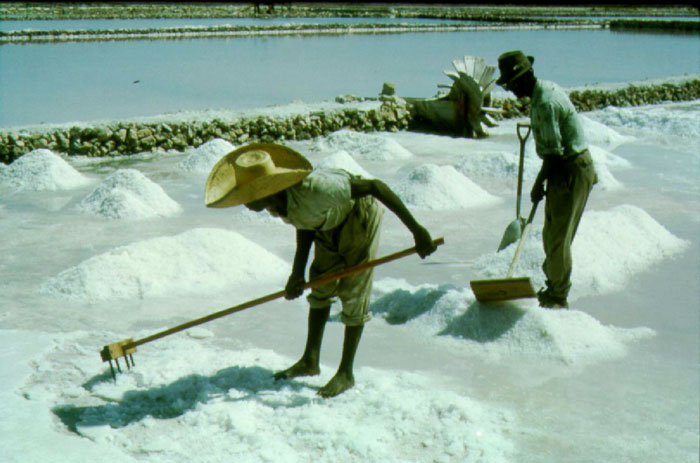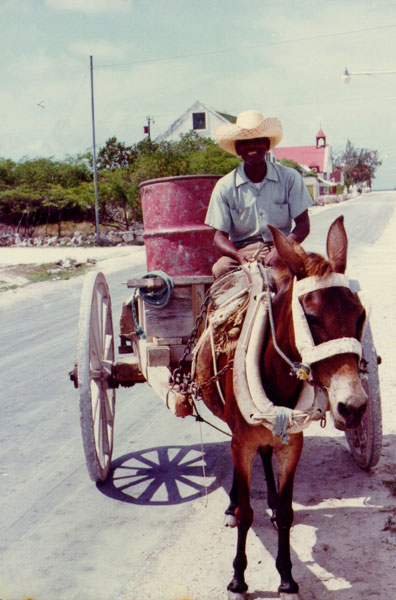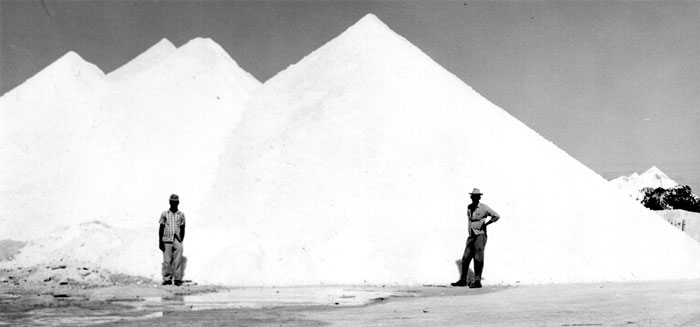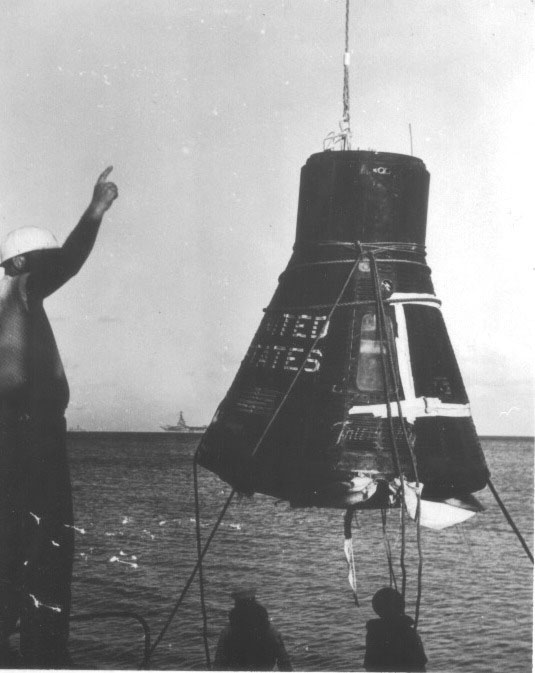Mystery on the Bluff
High on a rocky promontory on the Caicos island of Providenciales, ospreys nest atop a giant boulder undisturbed.
Nearby lie remnants of human passing. Carved on the bluff rocks are names, dates, messages. The earliest date is 1791. Just below and to the right, more recent and more intriguing, four well-formed lines call out to the curious sightseer:
[S]HIP St. LOUIS
BURNT
AT SEA
1842
Who chiseled this message in stone?
What was St. Louis’s destination?
When was the message carved?1842?
Where did the ship burn?
Why carve this message on a lonely bluff of a remote island?
Open our researcher’s journal and pursue old newspaper accounts, insurance records, and letters. Thrill to revelations of the unexpected. Watch as promising leads crumble like aged newsprint.
The journal is a chronicle of the search for the story of St. Louis and how its name came to be carved in a rock high above a lonely harbour in 19th-century West Indies. We will post entries as we determine what befell [S]HIP St. LOUIS, BURNT AT SEA, 1842.
The Journal
09 February 2000
Got this E-mail from the Grand Nagus. Like it will be as quick and easy as he thinks.
M– Right about now you are probably looking for new challenges. Like some nice research project that can be concluded in a few days and make a great story for the Astrolabe and a big splash in the T&C. So here’s your chance: The St. Louis Story. There is a rock at Southwest Harbour Bluff on Provo that bears the following clear inscription:
[S]HIP ST. LOUIS BURNT AT SEA 1842I sent that intelligence to David Barron of the Northern Shipwrecks Database. We’ll see what he reports, then you can follow up.
N–
13 February 2000
New message from Don
M– David Barron of the Northern Shipwrecks Database sent this info
Donald, The details are scant on this vessel. The Nova Scotian newspaper indicates that she burned on August 30th, 1842, and was lost. She was only described as a “ship” (generic?) sailing from Boston to New Orleans with possibly 24 persons on board. The people on board were rescued by the brig Impulse which was subsequently wrecked on Caicos Reef, September 3rd, while still carrying the crew of the St. Louis. Neither incident is believed to have resulted in any loss of life. If you require a hard-copy print-out, the details for such a request are available on my web site listed below. Good hunting. Later, Dave Barron
Northern Shipwrecks Database – 65,000 records on CD ===============================================
Northern Maritime Research 44� 40′ N. & 63� 40′ W.
PO Box 48047, Bedford, Nova Scotia. Canada B4Z 3Z2 http://www.northernmaritimeresearch.com
Armed with so much information from the recent past it seems to me that we ought to be able to find the accounts of some of the survivors, or at least their names and the like. Maybe the proper places to pick up the story are Boston and New Orleans, with the possible addition of Newfoundland where the boat was built, and the National Archive where there might be shipping records. I think Dave Barron is mined out, but a follow-up with him might be in order. Try newspapers and local historical societies first. Seems to me that you ought to be able to make significant progress in one week’s time. After all, most of it can be done with phone calls and maybe some it can be done through e-mail and the Internet. Possible benefits include: Astrolabe article, Historical Archaeology article, your next book, praise, and honor.
Good Luck. –N
Now where did Don get the idea the St. Louis was built in Nova Scotia? Best get copies of details Dave mentions at his web site.
2 March 2000
Got Dave Barron’s printouts from his Northern Shipwrecks Database. Includes the info on both St. Louis and Impulse. Two weeks isn’t bad to send letter with US$2.00 to Canada and get a response. Didn’t Don say I could do this entire project in a week? He must be applying the Keith Corollary of Hoyt’s Law.
Barron’s reference data might be useful. Says location of Nova Scotian newspaper is Dal. Lib. Halifax, NS. What library is that?
And why am I getting data on a ships sailing from Boston to New Orleans and New York to Jamaica from a newspaper in Nova Scotia? What’s the connection? Maybe a copy of the actual newspaper article would help. If I could just figure out what Dal. stands for.
Dave mentions his internet server is at Dalhousie University. Could that be Dal. Lib?
What do you know! Yahoo.com has listing for Dalhousie University: www.dal.ca. And the library page: www.library.dal.ca. With phone and fax numbers. A quick phone call and voila! The library does have the Nova Scotian on microfilm. I fax a request for the article referenced in Dave Barron’s Northern Shipwrecks Database.
Now, it’s wait and see what comes. In the meantime, I have other avenues to investigate.
27 March 2000
Received the printout from the Nova Scotian newspaper. Nothing in it that was not in the Northern Shipwreck Database EXCEPT for the fact that the information comes from the New York Express.
So now I must find a copy of the New York Express for the dates between about 3 September (date the Impulse wrecked) and 13 October 1842 (the date the news appeared in the Nova Scotian).
Still no real insight into why the news of these wrecks was printed in Canada.
Editor’s Note: The journal continues and many other clues have been pursued the last several months. Those entries will be posted forthwith. Hold your breath!



